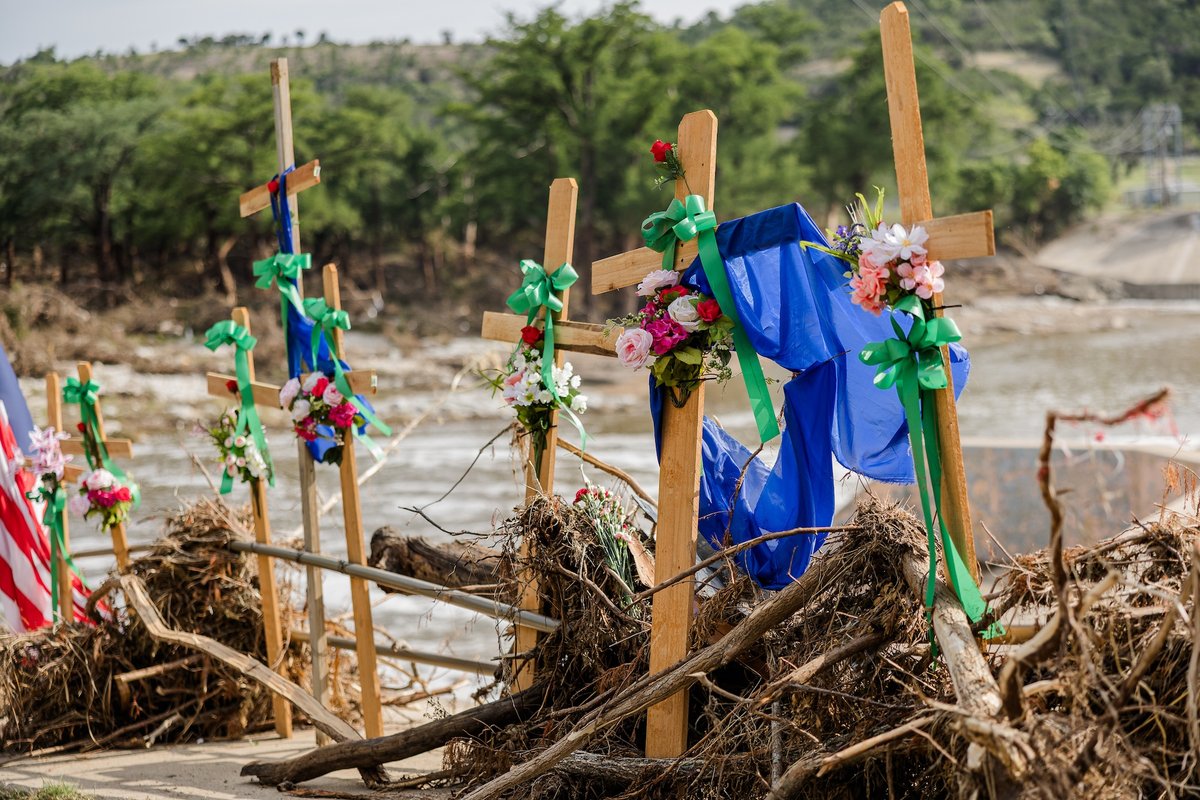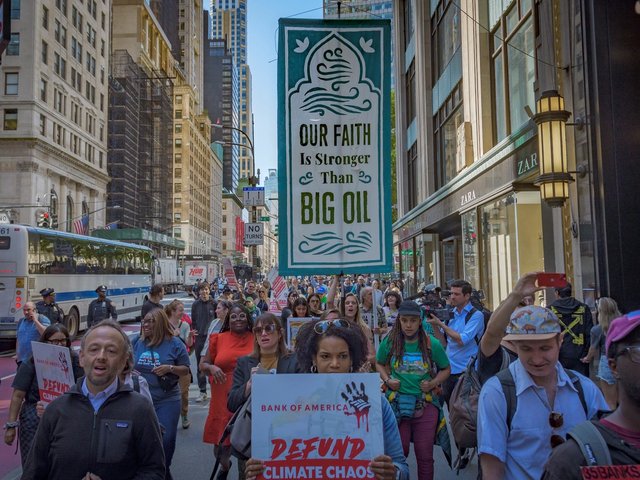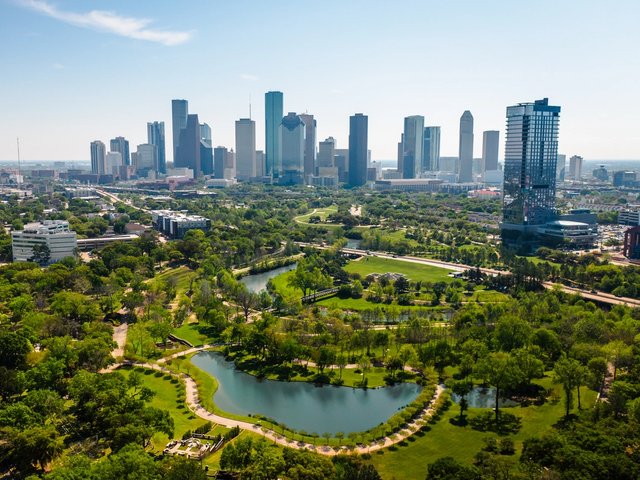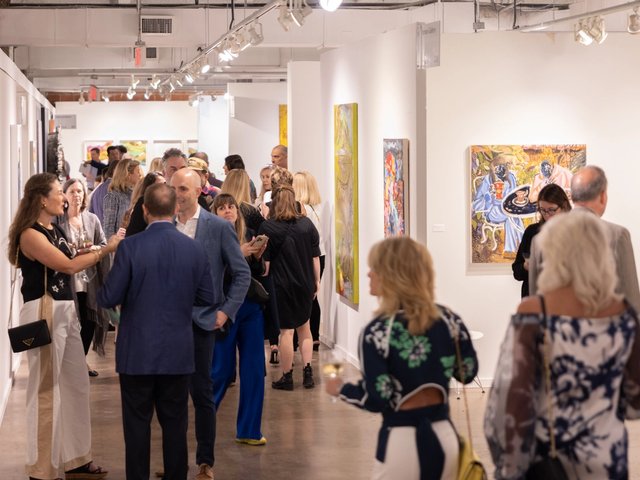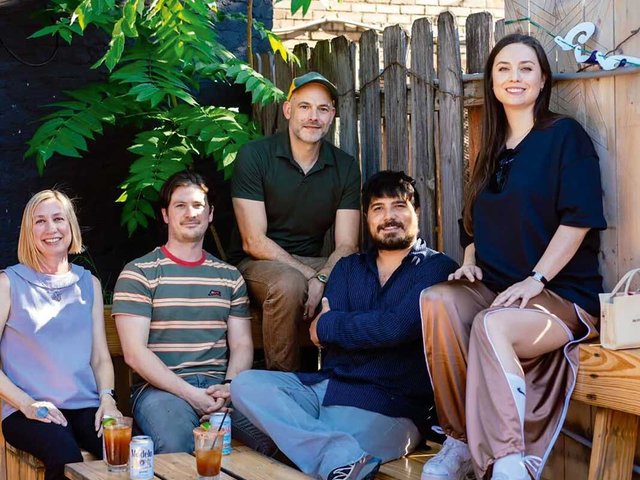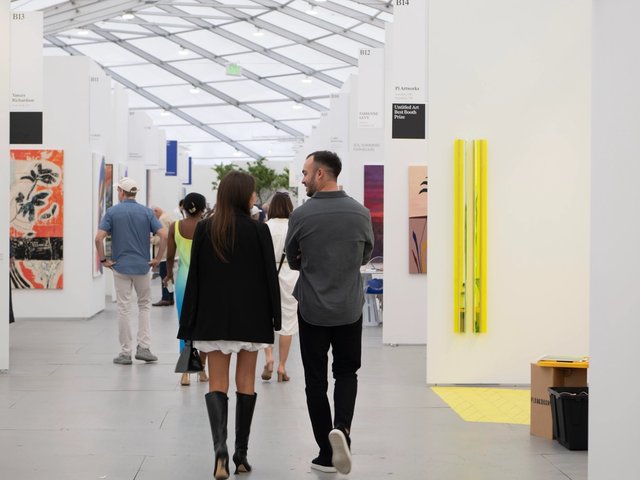Flash flooding in Texas on the weekend of 4 July has killed at least 137 people, according to the most recent figures released. The local art community has stepped up to support those most affected.
The deadly flooding struck in the state’s Hill Country, located east of the capital Austin and northwest of San Antonio. The region is a destination for residents across the state and beyond for its clear rivers, dramatic limestone bluffs and towering bald cypress trees. Julian Onderdonk, known as fondly as "The Father of Texas Painting”, made a career from his glowing Impressionist depictions of the Hill Country and fields of bluebonnets, the state flower.
Kerrville, a town of around 25,000 people, suffered the brunt of flood damage. Darrell Beauchamp, the executive director of Kerrville’s only art museum, the Museum of Western Art, says he woke up in the early hours of 4 July from sounds of evacuation efforts beginning as rain was still pouring down.
“I went down there to see if I could do anything,” Beauchamp says. “They were just trying to get old people in vans and buses to get them off the river. But it was clear the river was completely out of its banks.”
Questions remain about local flood warnings and evacuation protocols, and whether some or all of the deaths could have been prevented. An investigation is ongoing. This spring, the Republican-controlled Texas legislature failed to pass a bill that would have launched a statewide plan to bolster the state’s disaster response. Even the federal government has come under criticism from some in the region, after US President Donald Trump’s administration cut staffing at the National Oceanic and Atmospheric Administration, with around half of those reductions occurring within the organisation's weather service. The Texas Hill Country has a long history of dangerous floods—going back to at least the 1800s, when record-keeping of river streamflow began—and is part of the "Flash Flood Alley" that stretches from Dallas to San Antonio.
“They talk about who’s to blame for not giving early warnings. But when we went to bed that night on 3 July, there was only a 20% chance of rain,” Beauchamp says. “There was nobody talking about that kind of catastrophic flooding.”
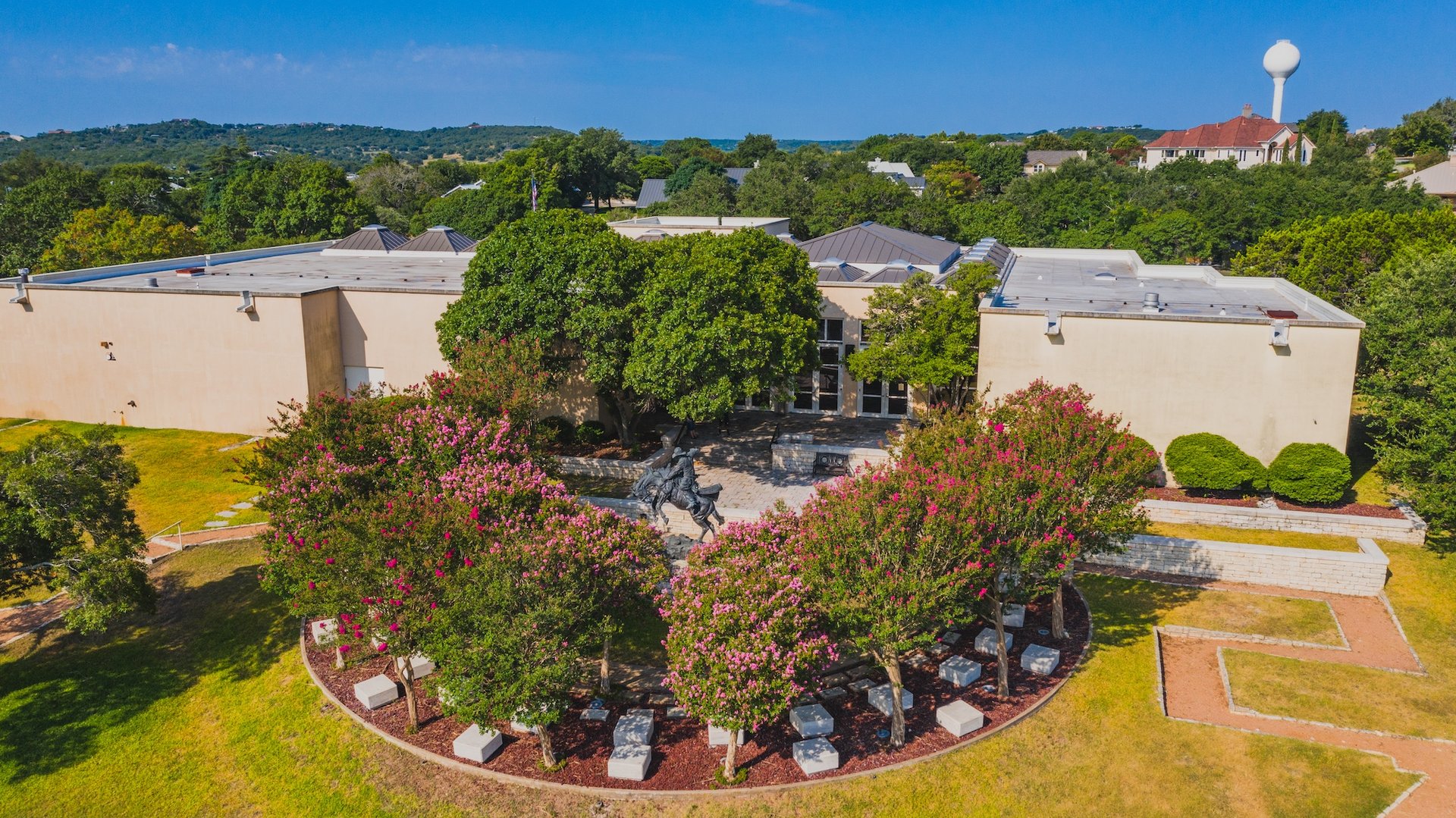
The exterior of the Museum of Western Art in Kerrville, Texas Courtesy Museum of Western Art
In the days after, Beauchamp and staff at the Museum of Western Art joined a volunteer search group walking along the river: “You're looking for bodies, obviously,” he says. He saw evidence of people’s lives, like purses, wallets and car keys—”things that get swept when people’s houses and buildings get washed away”.
Located on high ground, the museum’s collection was unaffected, Beauchamp says. The museum bookkeeper’s daughter lost her home, but otherwise the staff were all safe. Still, Beauchamp says he still felt support from neighboring cultural institutions.
“I was pleased with the people in the art world who called, texted and emailed to ask if we were okay, if we needed any help,” he says. “Our friends at the Nimitz Museum in Fredericksburg called and they were ready to send archival boxes and blankets and tools needed to save any art.”
The staff decided to open the museum the next morning after the 4 July flood to serve as a refuge for first responders and locals affected by the downpour. The museum offered use of its parking lot to help get vehicles and motor homes away from the floodwaters. Beauchamp says visitor numbers were low that Saturday, as expected, but he still counted around 40 people who stopped in to see the collection.
“People need art in their lives. It soothes their anxieties, and gives them pleasure. We were thrilled that they came by,” he says.
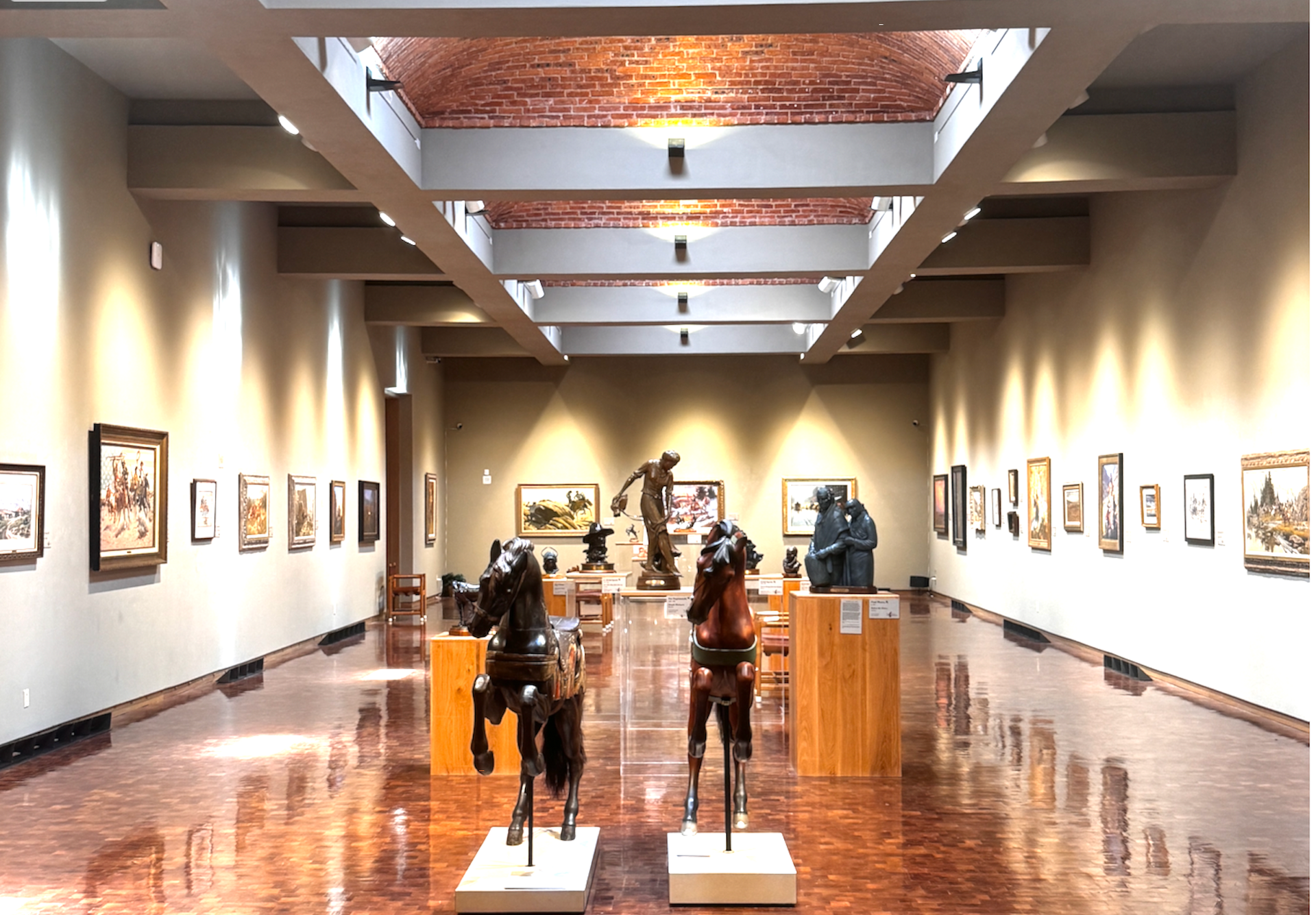
A gallery at the Museum of Western Art in Kerrville, Texas Courtesy Museum of Western Art
He describes the Museum of Western Art as a traditional Western art museum, showing work from the mid-1800s to the present, with subject matter including landscapes, cowboys, Native Americans, wildlife and mountain men. Moving forward, Beauchamp says the museum has plans to engage with the community during its free admission days, with activities like painting rocks for the museum garden.
“It refreshes us, and gives us a chance to forget the day to day and enjoy peace and quiet,” Beauchamp says. “The art is pretty to look at. But I think the important part of what we do is give people a chance to take a break, to be part of something bigger than themselves.”
Texas artists and dealers step up to help
Other art workers from out of town also responded to the floods. Jacqueline Overby is a member of Icosa Art, an artists’ collective in Austin. She grew up in nearby Canyon Lake and is no stranger to flash flooding in the Hill Country. After hearing about the devastation in Kerrville, “I started talking to some of the other members of Icosa and a couple of my friends who have galleries and seeing what we could do,” she says.
Donations came pouring in, including from as far away as Houston, from an Instagram follower who coordinated a whole car’s worth of donations from the art community there.
“The energy was just absolutely amazing and really activated,” Overby says. “I think we've been online the past year and not being able to do much—so when something happens locally and we're able to do something, we all jump at the chance.”
Overby took donations to Kerrville in a trailer driven by Sean Gaulager, the founder of Co-Lab Projects, an artist-run nonprofit in Austin. Gaulager coordinated with people in the area and drove up and down the Guadalupe River, giving specific items people needed at certain locations.
“It was very much a disaster zone,” Overby says. “I've seen a lot of floods in my life, and I have never seen something this bad. The force of the water was absolutely mind blowing to see—aluminum roofs bent around trees. It was ridiculous.”
Martha’s, a contemporary art gallery in Austin, said it will donate 15% of proceeds from a current exhibition to Southern Oaks Church, a major hub for aid distribution in Kerrville.
“Small businesses all over Austin stepped up to throw events this week with proceeds going to Kerr County and surrounding areas to assist with relief,” Meredith Williams and Ricky Morales from Martha’s said in a statement. “One thing about Texas is the people will always come together to help each other out. We just wanted to do our small part.”
The San Antonio Museum of Art will offer free admission through the end of August to residents of Burnet, Kendall, Kerr, Tom Green, Travis and Williamson counties, some of the worst affected areas, in hopes the museum will serve “as a place for reflection, solace, and connection”.
‘There's incredible resilience, especially in people in Texas’
Micki Meng, who runs an eponymous art gallery in San Francisco, is one of the few art dealers based outside of Texas to comment publicly about the floods. Meng spent part of her early childhood in Kerrville, and attended summer camp there.
“My dad was getting his feet under him, he had his first successful Chinese restaurant in Kerrville,” Meng says, speaking days after the floods from San Francisco. “My children are in San Antonio right now—the idea they could have been at a nearby camp if they were of age is pretty terrifying.”
Meng sees the flooding as evidence that society needs to come together to combat the escalating climate crisis. Since the 4 July floods, she has sent letters to Texas officials encouraging them to act on climate change.
“While it's important to respond immediately to what is happening, we also have to look at the greater causes,” Meng says. “There's incredible resilience, especially in people in Texas, especially Americans, to solve issues when we recognise what they are.”
Meng has worked with her gallery's registrar to come up with ways to manage the business in a more sustainable way—limiting travel, doing fewer art fairs, slowing down the number of shows staged and consolidating shipments are all ways a commercial gallery can run more eco-friendly and still make sales.
“A lot of my clients are values-driven collectors and philanthropists, or museums and foundations working out areas where it makes sense,” Meng says. “There's a lot of ethical people in this space. When we look at ways in which each situation works, it feels really nice, and it's not transactional.”
Meng has encouraged her colleagues to consider the overconsumption in the industry, and how it contributes to climate change and weather-related disasters.
“In the art world, we've known each other for so long, we've traveled the world together,” Meng says. “We got to have so many experiences—it's really an area where we mate for life, and I just encourage us all to come together and to support each other as best as we can.”


